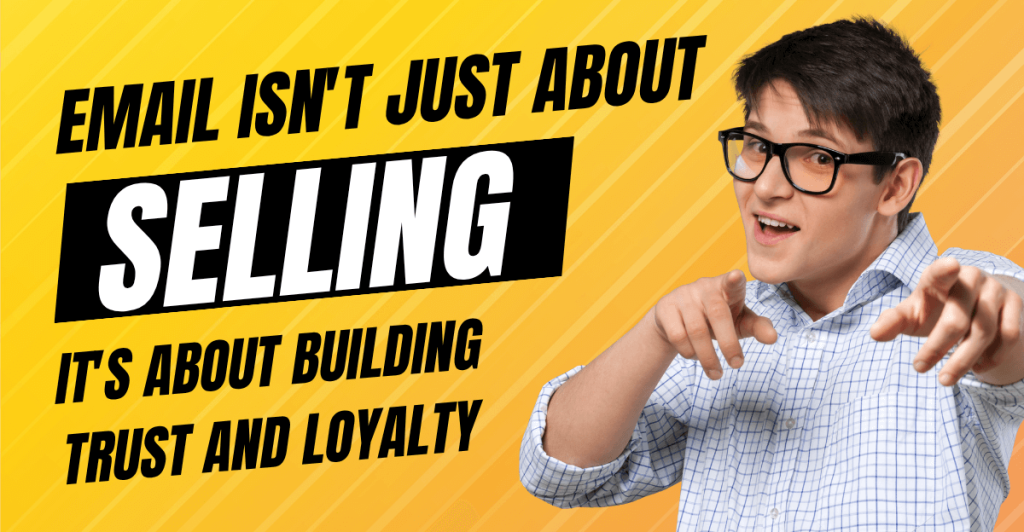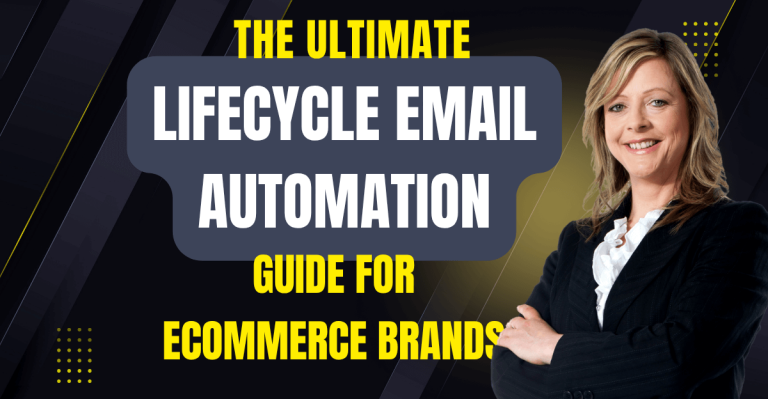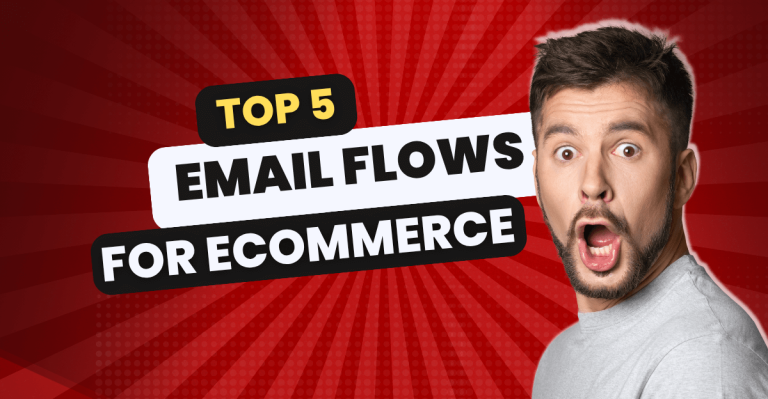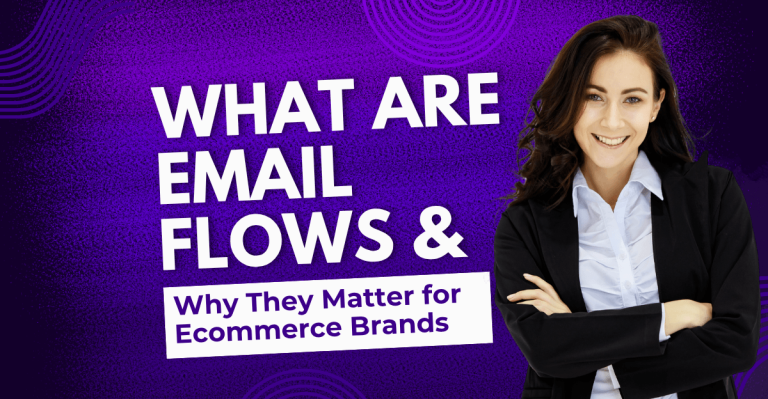Email Isn’t Just About Selling—It’s About Building Trust and Loyalty
If you treat email marketing like a quick push for sales, you’re leaving its greatest strength untapped: the power to build long-lasting relationships.
Sure, conversions are the goal—but think of email as your most personal, permission-based way to speak to your customer. When you consistently deliver relevant, helpful, and human content, you earn more than a sale. You earn trust, attention, and repeat business.
📢 Brands that build community through email create more valuable customers over time—not just better metrics.
Step 1: Define Your Conversion Goals—AND the Relationship You Want to Build

Too many brands jump into email with one idea: “Let’s sell.”
But great email marketing starts by understanding what type of conversion matters in each moment. Yes, the endgame may be revenue, but early conversions can be just as powerful:
- Subscribing to Email/SMS
- Downloading a size guide
- Completing a quiz
- View products
- Add them to cart
- Purchase
- Advocate/Loyal
These micro-conversions help customers build confidence in your brand.
Email MarketingTip:
For every email or flow you create, ask:
- What action do I want them to take?
- What value or relationship am I offering in return?
Then, set SMART (Specific, Measurable, Achievable, Relevant, Time-bound) benchmarks based on your current data.
Step 2: Map the Journey—Email Is a Touchpoint, Not a Transaction
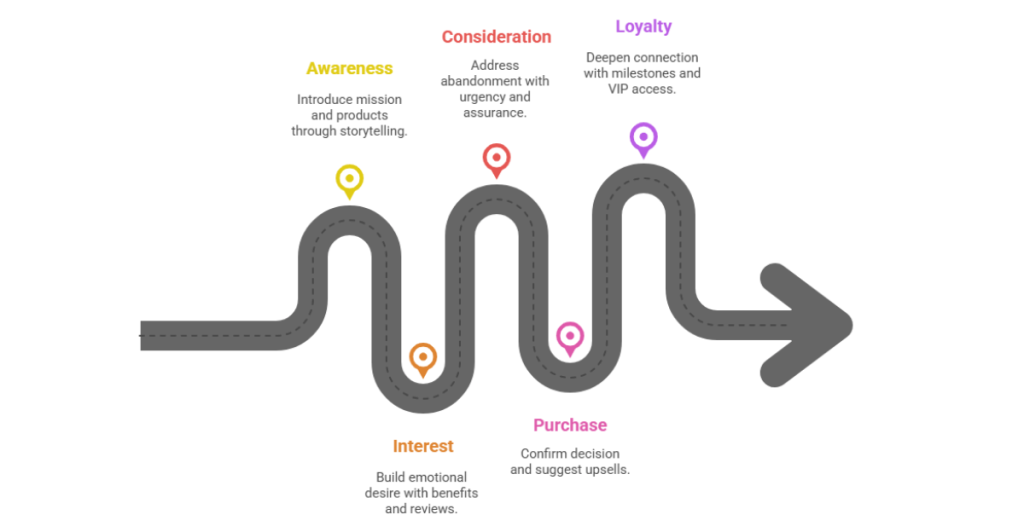
Modern ecommerce is more than a funnel. It’s an experience.
Customers move between awareness and purchase in different ways and at different paces. Your email flows should support that journey by delivering the right message at the right moment.
Real-World Strategy:
- Awareness stage: Use storytelling in your Welcome Flow to introduce your mission and key products.
- Interest stage: Send product benefits, customer reviews, or influencer UGC to build emotional desire.
- Consideration stage: Trigger cart or browse abandonment flows with urgency and assurance.
- Purchase stage: Use thank-you emails to confirm their decision, then suggest upsells or bundles.
- Loyalty stage: Celebrate milestones, VIP access, and birthdays to deepen the emotional connection.
This journey-based approach doesn’t just increase conversion—it increases commitment.
Step 3: Build Flows That Convert AND Connect
Automation is where relationship-building becomes scalable. You’re creating moments of connection that run on autopilot.
Here’s how each flow should work:
Welcome Flow
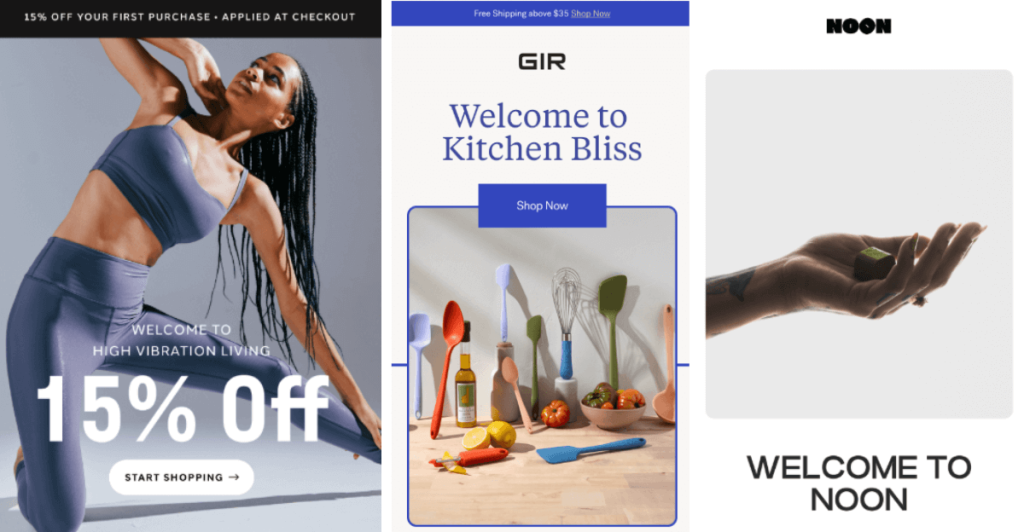
First impressions matter. Use this to welcome, inspire, and earn that first click.
- Share your brand origin story or founder’s mission
- Offer a clear CTA: shop now, explore bestsellers, or take a quiz
- Include real customer reviews and best-selling products
🟢 Conversion Rate Goal: 2–5%
🫶 Relationship Impact: Trust and curiosity begin here.
Abandoned Cart Flow
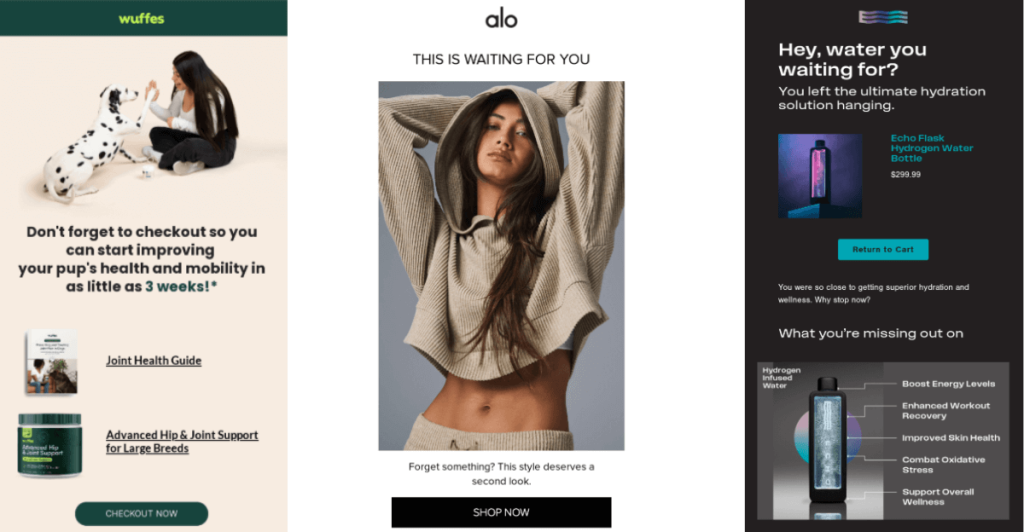
They were this close. Now’s your chance to bring them back—without pressure.
- Use a 3-email sequence
- First email: “Still thinking it over?” with image of the product
- Second: “Others love this too” with social proof
- Final: Add an incentive or restock alert
🟢 Recovery Rate Goal: Up to 30%
🫶 Relationship Impact: You show that you care about their experience, not just the sale.
Post-Purchase Flow
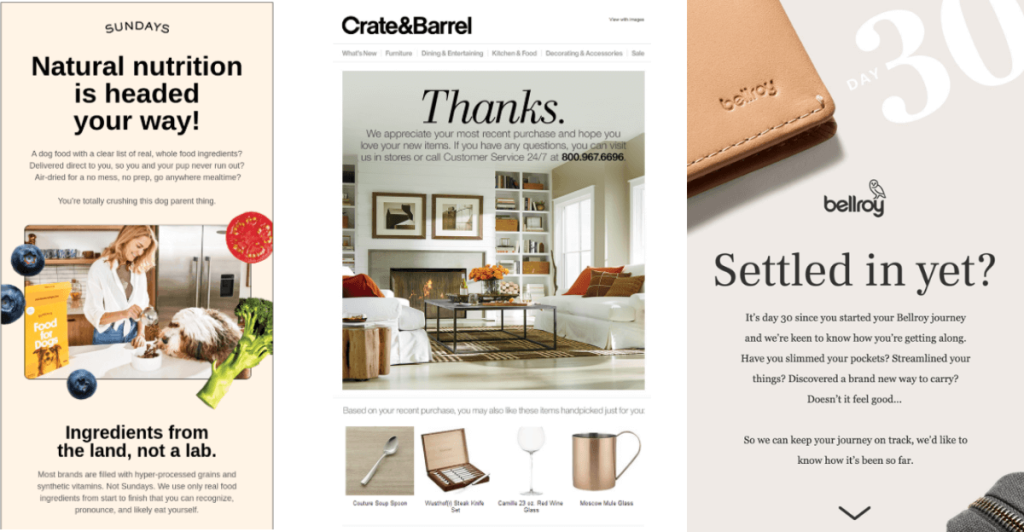
Don’t stop after the sale. Start nurturing the relationship.
- Send a sincere thank-you message (ideally from the founder)
- Provide tips on how to use, style, or care for their product
- Introduce complementary products or bundles
🟢 Upsell Boost: 10–30%
🫶 Relationship Impact: You turn a buyer into a believer.
Winback & Loyalty Flow
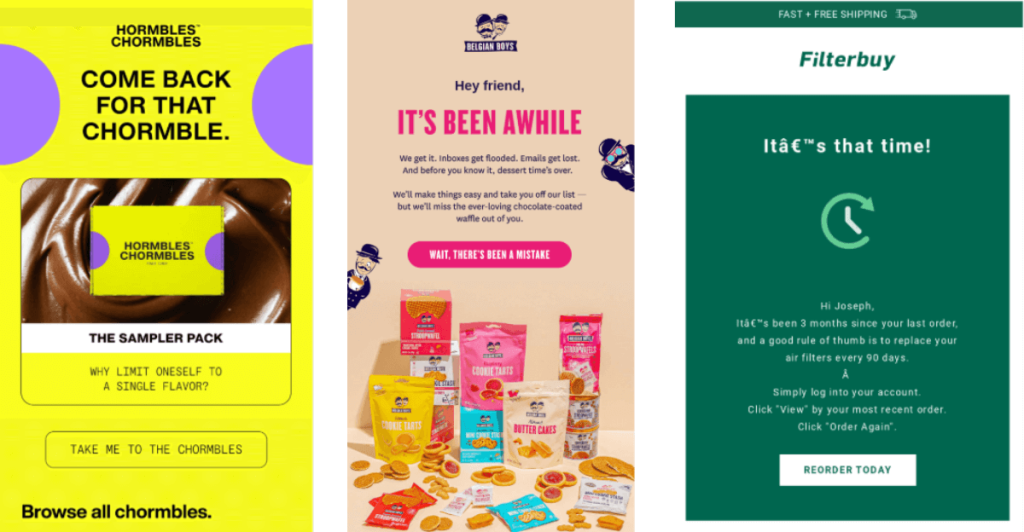
Every customer matters—even if they’ve gone quiet.
- Use emotion: “We miss you” or “Let’s reconnect”
- Offer an incentive, exclusive access, or ask for feedback
- Segment VIPs and reward them with early drops or birthday surprises
🟢 Churn Reduction: Up to 25%
🫶 Relationship Impact: You show that they’re not just a number.
Step 4: Segment to Personalize the Journey
Every customer is different—and your emails should reflect that.
When you segment, you’re telling your customer, “I see you. I get you.” That’s where real connection—and better conversions—begin.
Segment by:
- Purchase history: First-time vs. repeat vs. high spenders
- Behavior: Opened but didn’t click, clicked but didn’t buy
- Engagement: Highly active vs. unengaged
Example:
- Send loyalty rewards to VIPs, not everyone
- Re-engage cold subscribers with curiosity: “Still love our brand?”
🟢 Revenue Lift: Segmented campaigns outperform by 3–4x
🫶 Relational Power: It’s the difference between a broadcast and a conversation.
Step 5: Use Copy That Sells Through Emotion, Not Pressure
The best copy doesn’t shout—it whispers with empathy, clarity, and relevance.
Try These Frameworks:
PAS (Problem – Agitate – Solution)
Example:
- Problem: “Tired of products that overpromise?”
- Agitate: “We’ve all been burned.”
- Solution: “Our skincare is backed by science—and real results.”
HEART (Human, Empathy, Action, Relevance, Trust)
Example:
- Human: “Hey Jamie, we’ve been where you are…”
- Empathy: “…choosing the right fit is hard.”
- Action: “Try our fit quiz.”
- Relevance: “Tailored to your body type.”
- Trust: “Over 5,000 5-star reviews.”
🫶 Relationship Impact: Copy that connects builds community—not just clicks.
Step 6: Send with Strategy—Timing Builds Trust
Over-messaging leads to fatigue. Under-messaging leads to forgetfulness. The sweet spot? Behavior-based sending.
Frequency Recommendations:
- New leads: 4–5 emails in first 2 weeks
- High engagement: 2–3x/week
- Cold leads: 1x/month + a reactivation attempt
⚙️ Use “Smart Sending” features to deliver based on open history or local time zones.
🫶 Relationship Impact: Respecting inbox boundaries builds goodwill and long-term trust.
Step 7: A/B Test for Empathy and Effectiveness
Testing isn’t just for marketers—it helps you listen to what your audience prefers.
Test:
- Subject lines: Personal tone vs. promo tone
- CTA: “Shop Now” vs. “Learn More”
- Email length: Narrative vs. product tiles
- Images: User-generated content vs. product shots
🧠 Use results not just to optimize conversions—but to understand preferences.
Step 8: Track Both Sales and Sentiment
Analytics give you the “what”—but your strategy gives you the “why.”
Metrics to Track:
- Conversion rate (per email and per flow)
- Revenue per recipient
- Repeat purchase rate
- Flow attribution (which emails drive actual action)
- Unsubscribe and complaint rates
📊 Use tools like Klaviyo or our own custom dashboard for full-funnel insights.
🫶 Relationship Insight: Low unsubscribes + high repeat purchases = content that connects.
FAQs: Human-Focused Conversion Strategy
Isn’t conversion the only thing that matters?
No. Conversion without connection is temporary. Long-term value comes from trust, not tricks.
Do all emails need a CTA?
Yes—but it doesn’t always have to be “buy now.” Invite them to read, learn, engage, or reply.
Can I automate relationships?
You can—and you should. Just make your automation feel personal, not robotic.
Is it okay to sell in every email?
Only if you’re also giving value. Educate, inspire, entertain—then ask for the sale.
What’s the best way to make people feel seen?
Use name personalization, behavior-based flows, and tone that sounds human—not corporate.
Conclusion: Connection-Driven Conversions Win Every Time
Yes—conversions pay the bills. But relationships build the brand.
Email done right feels like a trusted friend, not a pushy salesperson. It brings value, empathy, and delight into the inbox—and in return, you earn trust, loyalty, and growth.
At The Mail Effect, we help ecommerce brands blend emotion with automation—turning email from a noisy tool into a meaningful, money-making conversation.
Want to create emails that sell and serve? Let’s build your high-converting, customer-loving email engine today.

